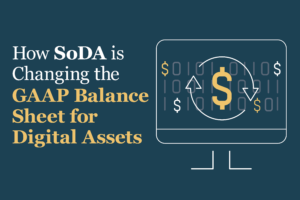How to Organize your Annual Planning Process

Alyssa Adams
Chief Financial Officer
December 20, 2021
The year-end annual planning process can be daunting for many venture-stage founders and CEOs. It’s important to know how to organize your plan for a successful outcome.
Getting Started
Before you even start diving into your numbers, you’ll want to begin planning by first outlining your strategic initiatives. What key hires do you need to make? Are you launching new products or entering new channels? What moats are you building to prevent others from copying your product or service in the future?
Answering the strategic questions before you begin is key because your financial plan will then give you insight into how much cash investment is needed vs. what you can afford to spend to meet your revenue goals.
What to Include
What you should include can vary depending on your growth stage and industry.
If you are a seed stage company or later, you’ll want to plan the following:
- P&L
- Balance sheet
- Statement of cash flows
Your P&L is probably the most straightforward and should include:
- Revenue
- Cost of goods sold
- Fixed and variable department expenses
- Personnel costs
Your balance sheet, however, may be less intuitive to plan. A good finance partner like Propeller can help you with this. Whether you are working with a CFO or you are planning it yourself, pay close attention to your working capital.
For a consumer goods company, this will include your accounts receivable, accounts payable, and inventory and could account for almost half of the cash usage of your business. These areas often get overlooked and are critical to understanding your cash runway.
If you are a SAAS company, you may need to not worry about inventory, but you’ll want to think carefully about your deferred revenue and A/R Days when planning your balance sheet.
Regardless of your industry, you’ll want to plan your balance sheet first without any additional debt or funding so you have a good view into what your cash needs are and can start planning a financing strategy.
This is where your operating cash flow comes in, which is simply an output of the planning that you did on your P&L and Balance Sheet. It helps explain the difference in your net income for the period and your change in cash by adding back in non-cash items like depreciation and subtracting out your change in working capital.
If that sentence just sent you back to your college days of stressfully studying for your accounting exams, reach out to us. We are happy to help with this and all of your planning needs.



